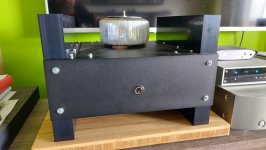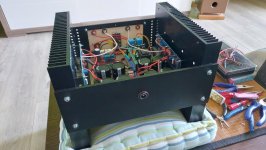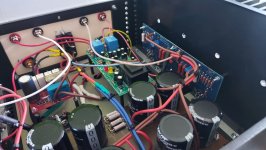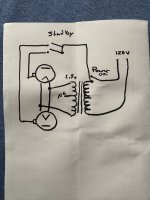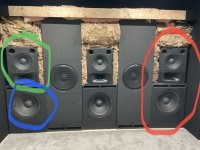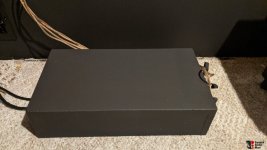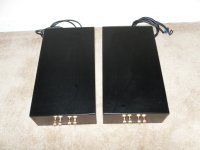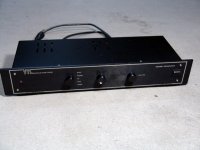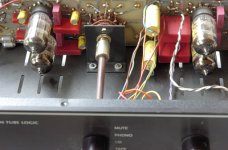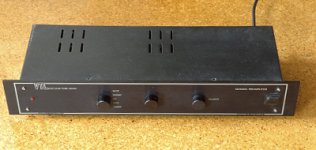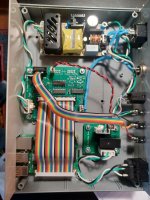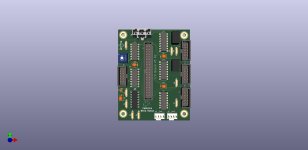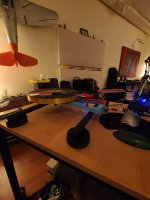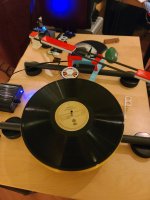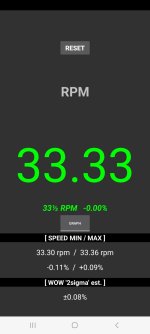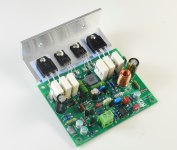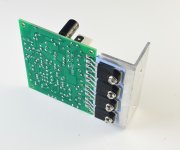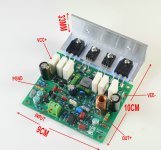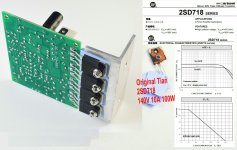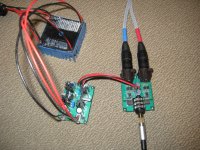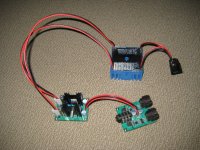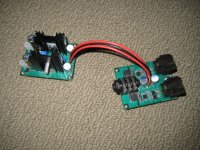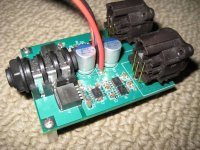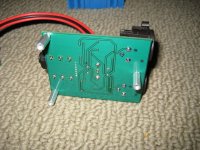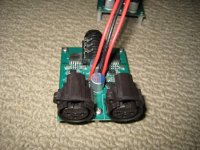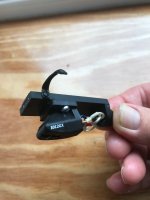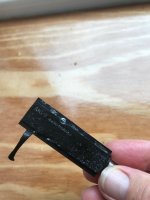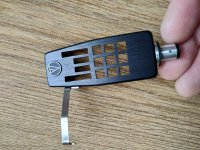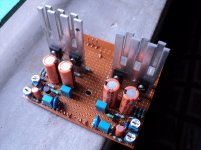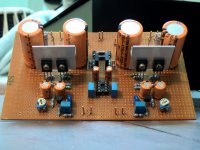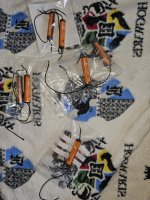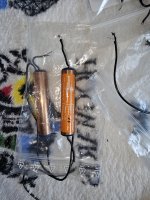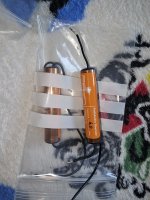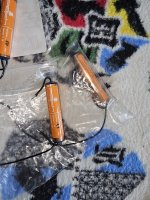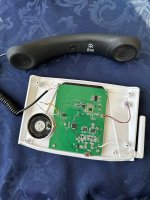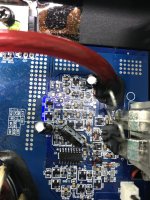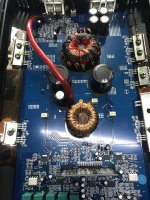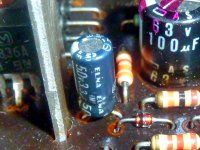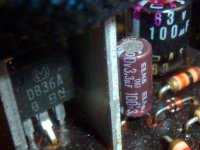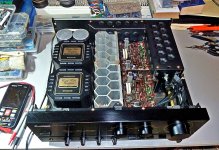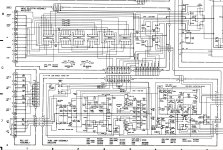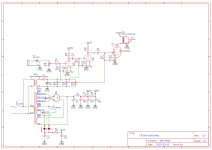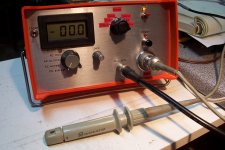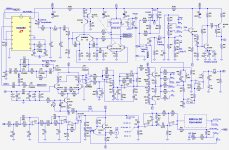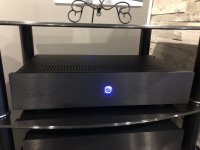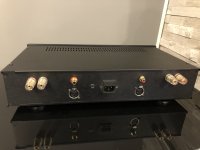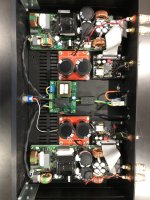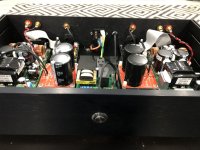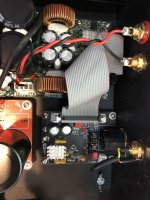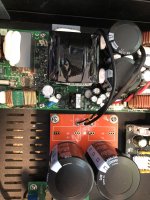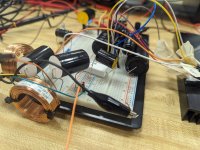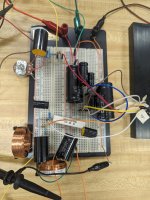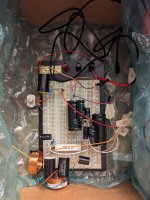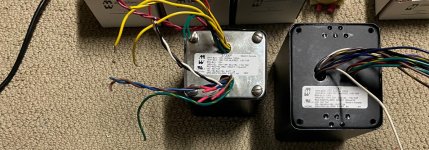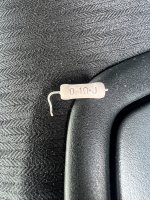Hello,
I have a
Z5500 subwoofer unit (PID R745), I managed to enable as subwoofer for my home theater following other guides.
Recently I got a
Z680 pod control for free, but sadly is not compatible with the Z5500.
Both uses de DB15 connector (like VGA), I connected the pod to the subwoofer and the pod powers and lights but I get no sound, luckily nothing blew out.
After research a wiring diagram without success I spend a few days to investigate, I managed to turn on the subwoofer and control four channels and the subwoofer (I cant get the center channel working)
Explanation of the table
The table of the left enumerates the pins in the Z680 pod (DB15 female), the third column indicates in which pin is connected in the Z5500 unit.
GND: Ground
NC: The pin is not connected to the Z680 pod
A dash is placed where the pin is not connected to the Z5500 subwoofer
The table in the right enumerates the pins (DB15 male) in the Z5500 unit
Enable the subwoofer (PID 745)
Is important connect the pins 7 and 8 of the Z5550 to pin 13 in the
same connector of the Z5500
this is enable and mute to ground. Without this the amps does nothing.
Check for your PID label outside in the bottom (is a heavy unit). Other PIDs may need another bridging or +5v supply
Weird ground in Z5500
I don't know why. But the ground in the Z5500 behaves bad with the Z680. Testing with the multi meter and the Z5500 powered off, the pin 13 is the only one connected to the general ground. But if I connect only this ground to the ground of the Z680 and the +8v. The ground sucks a lot of current. The Z680 cannot regulates the +5v of the standby and the LCD fades out. The only ground that work for my unit was the pin 11 of the Z5500. You can connect to any ground of the Z680. May be this is related to the center channel Issue.
This problem was the stop point for me in these days.
Z680 How it works
The Z680 receives +8v on the pin 10, and enter in stand-by, when the power button is pressed the LCD screen lit and the stand by pin (#7) provides +5v. May be this was the signal to power on the amps in the unit.
I suggest to test this before go for the full cabling. (pins 10 and 11)
The +18 and -18 provides the voltage to drive the audio preamp. You can connect headphones with only the +8v but the sound is weak. The +-18 volts provides the power for a proper preamp of the signal before send it to the unit.
In fact, the Z680 unit is a nice preamp as stand alone. May be you can drive a heavy headphones with this. But the +-18 is necessary.
Center Channel
In this config the center channel is not working. May be my center channel amp is blown, but I cannot get any sound from this. Or may be is related to the grounding issue. In fact i get sparks when I open the Z5500 subwoofer to fix the +18v problem.
DB15
The DB15 connector is the same used in the VGA cables, you can cut and reuse a VGA cable, but I think is better use new solder connectors, these are cheap and easy to solder.
The pins are numbered viewing the male connector by the side of the pins, the wide part on the top. Top to bottom, left to rigth: This is the standard way
Fix +18v supply of the Z5500
When i was testing, I connect the +18v supply to the +8v in the Z680 pod (
Don't do that). This fixed my poor grounding issue and the LCD stays lit... for a few seconds (30s may be) and then, I get nothing in the +18v pin of the Z5500.
Checking the Z5500 PCB, the 78M18A regulator provides the power for the +18v. near of this is a 35.5 Ohms resistor (brown). This is the fuse for overdraw current in the regulator. I tested +31volts in one leg of the resistor and nothing in the other (was burned). I replaced the resistor with a 33 Ohms (0.25 watts rating) and the sub work fine.
Be careful
Open the Z5500 is risky, for you and the unit, take care, disconnect before check. The capacitors are big and have enough power to make a short circuit and damage the components.
Always power off the unit before plug or unplug your custom made cable to test it.
Be very careful with the multimeter points..
Thanks
I made this post after read many others. Thanks to all who managed to provide diagrams and tips.
Sorry for any typo or grammar mistake, I'm mexican, and english is not my native language.
Any suggestion or question is welcome.


